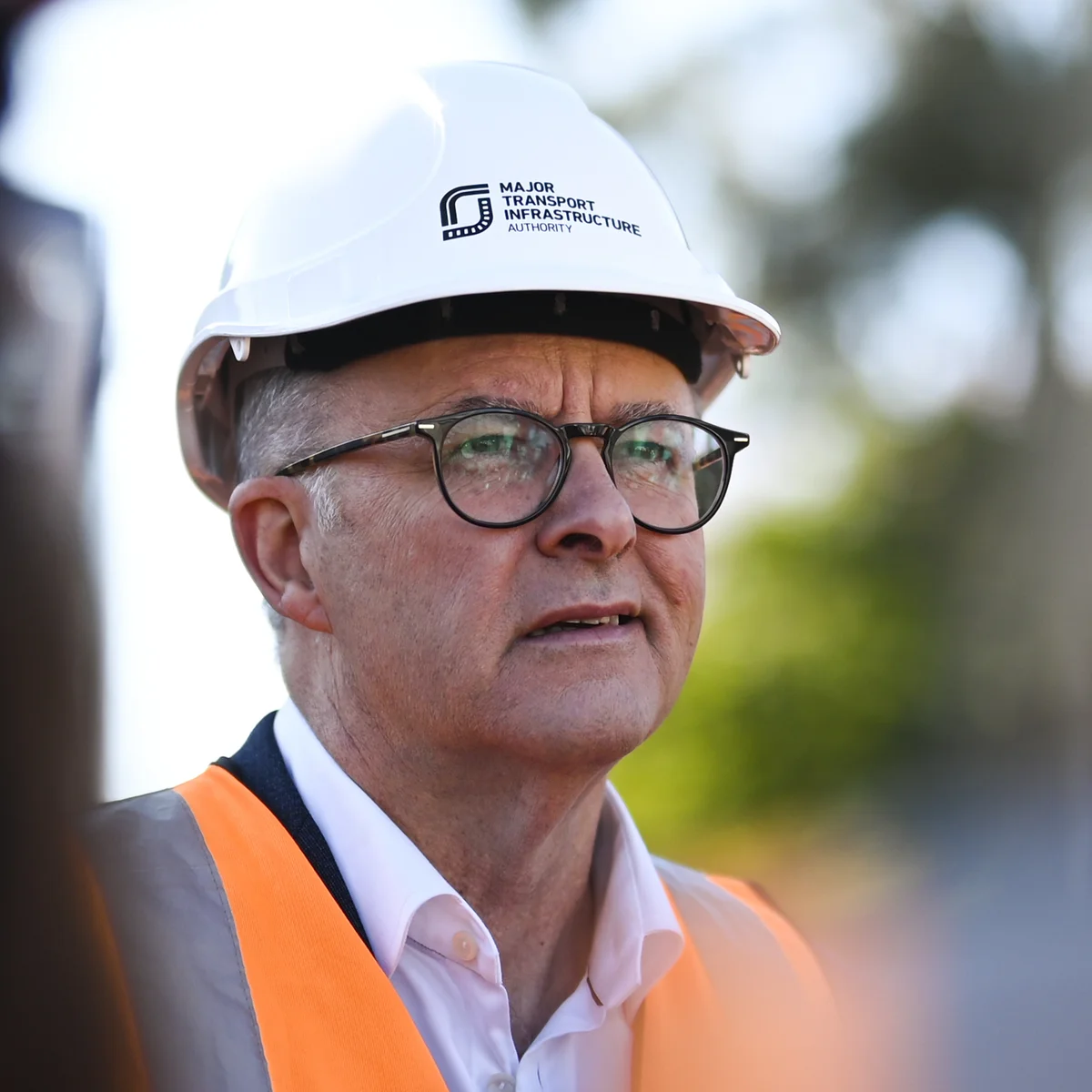Despite some positive economic trends, one area that’s not seeing much growth is wages.
Australians got some relief at the start of 2025, with interest rates finally being cut for the first time in over four years.
People started spending again as inflation dropped, and businesses saw an increase in turnover.
The Disappointing Truth About Wage Growth
However, the latest data from the Australia Bureau of Statistics (ABS) shows that wages only grew by 0.7% over the December quarter.
This is the lowest growth since March 2022, and it’s not what Aussie households want to hear.

According to Indeed’s APAC economist Callam Pickering, “Wage growth continues to moderate, with quarterly gains the lowest in almost three years.”
The Impact on Inflation and Households
While softer wage growth might help contain inflation, it’s not good news for households.
As Pickering puts it, “Adjusted for inflation, Australian wages are still 6% below their peak, and based on the latest wage and inflation forecasts from the RBA, that won’t improve at all in the next two years.”
This highlights just how damaging high inflation can be and how long the recovery will take.
What’s Next for Interest Rates?
After the release of this data, ANZ predicted that there will be only one more cash rate cut in 2025. They believe the Reserve Bank will cut by another 25 basis points in August, bringing the cash rate to 3.85%.
However, trouble with productivity could further impact the RBA’s future decisions. The ABS has recorded a steady drop in productivity since 2003, with the latest statistics showing a 20-year average annual growth rate of 0.9%, half of what it was in 2003.
The Disconnect Between Wage Growth and Productivity
Pickering notes that there’s a disconnect between wage growth and productivity growth that may prove problematic for inflation and monetary policy going forward.
Despite easing, annual wage growth remains too high given Australia’s poor productivity performance recently.
“That’s unsustainable, and ideally, we’d like to see productivity growth improve significantly to support stronger wage growth going forward,” he said.
What This Means for the Future
Despite the poor December quarter wage performance, the annual rise was 3.2%, which is within the RBA’s predictions. This could lead to further rate cuts throughout 2025.
However, Pickering believes that the RBA will take a cautious approach, given that inflation will spike when government subsidies expire this year, and the ongoing productivity issues
. “We believe that the RBA will likely deliver a second rate cut in either May or July, probably the former, but another cut is by no means certain,” he said.

